July 8, 2019
Visit to Jodrell Bank – 22nd June 2019
Report by: Clive Inglis
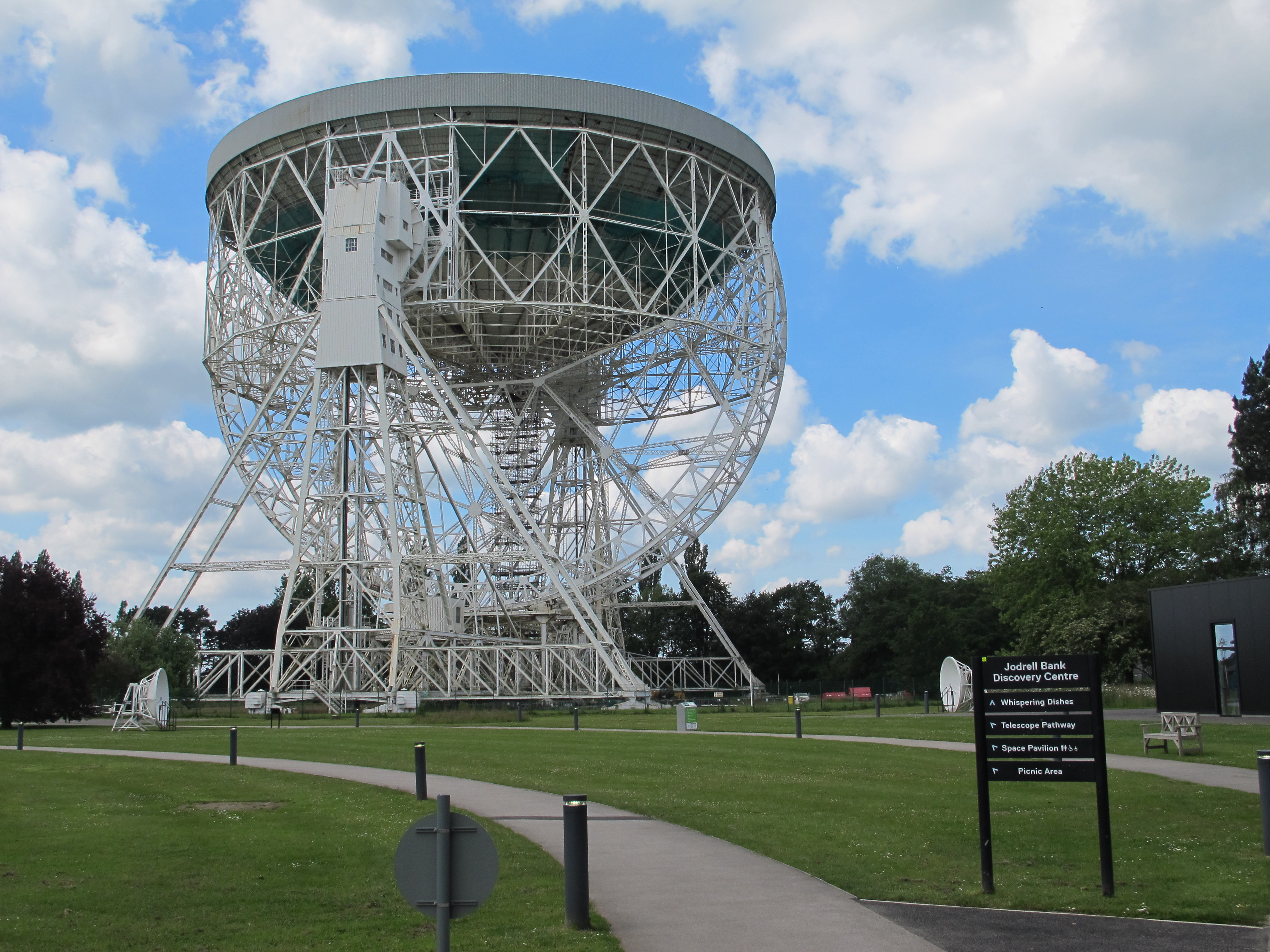
On the 22nd June 2019, a group of Flamsteed members visited Jodrell Bank, part of the University of Manchester’s School of Physics and Astronomy and the home of the famous Lovell Radio Telescope. The site is also home of the Discovery Centre with its Planet and Space Pavilions which house interactive displays on radio telescopes and the cosmos observed at radio frequencies. In addition to the Lovell Telescope (originally known as the Mk 1 telescope), the site is also the home of the Mk 2 Telescope, part of the e-MERLIN group of radio telescopes, and the 34ft Radio Telescope.
The visit started with a talk given by one of the PhD students at the University of Manchester. He talked about the history of Jodrell Bank, the research being carried out there, his research on pulsars, and plans for Jodrell Bank’s role as project office for the Square Kilometre Array currently being constructed in South Africa and Australia.
The group then had plenty of time to explore the Discovery Centre exhibits, Jodrell Banks’ extensive grounds and gardens in what fortunately turned out to be beautiful summer weather. The members also had a chance to look at the Sun through telescopes operated by the Macclesfield Astronomy Society.
Jodrell Bank is the headquarters of e-MERLIN, a group of 7 radio telescopes spanning 217km across the UK and forming the UK’s National Radio Telescope Interferometer. Uniquely this network of telescopes enables observations to be carried out with the same angular resolution as the Hubble Space Telescope. The Lovell Telescope and the e-MERLIN network are used to investigate deep space objects such as pulsars, galaxies, quasars and black holes.
The 34ft Radio Telescope is being used to monitor the pulsar at the centre of the Crab Nebula, looking for changes in its spin frequency which may prove the existence of “pulsar-quakes” and reveal more information about the internal structure of these objects.
The visit ended with a walking tour around the base of the Lovell Telescope which included a talk by one of the centre’s Explainer volunteers. He explained that with its 76m dish the telescope is the 3rd largest steerable radio telescope in the world and mentioned that the telescope is currently undergoing maintenance work including painting, steelwork repairs, and replacement of the original 1957 surface.
He also told the story of how the launch of Sputnik in 1957 saved the telescope’s construction project. When it was realised that a completed telescope would be the only means of tracking the first satellite, additional funding became available, allowing completion of the telescope and saving Sir Bernard Lovell, who had invested considerable personal funds in the project, from financial ruin.
Posted under: Flamsteed, Meeting Report, Radio Astronomy, Society Trip
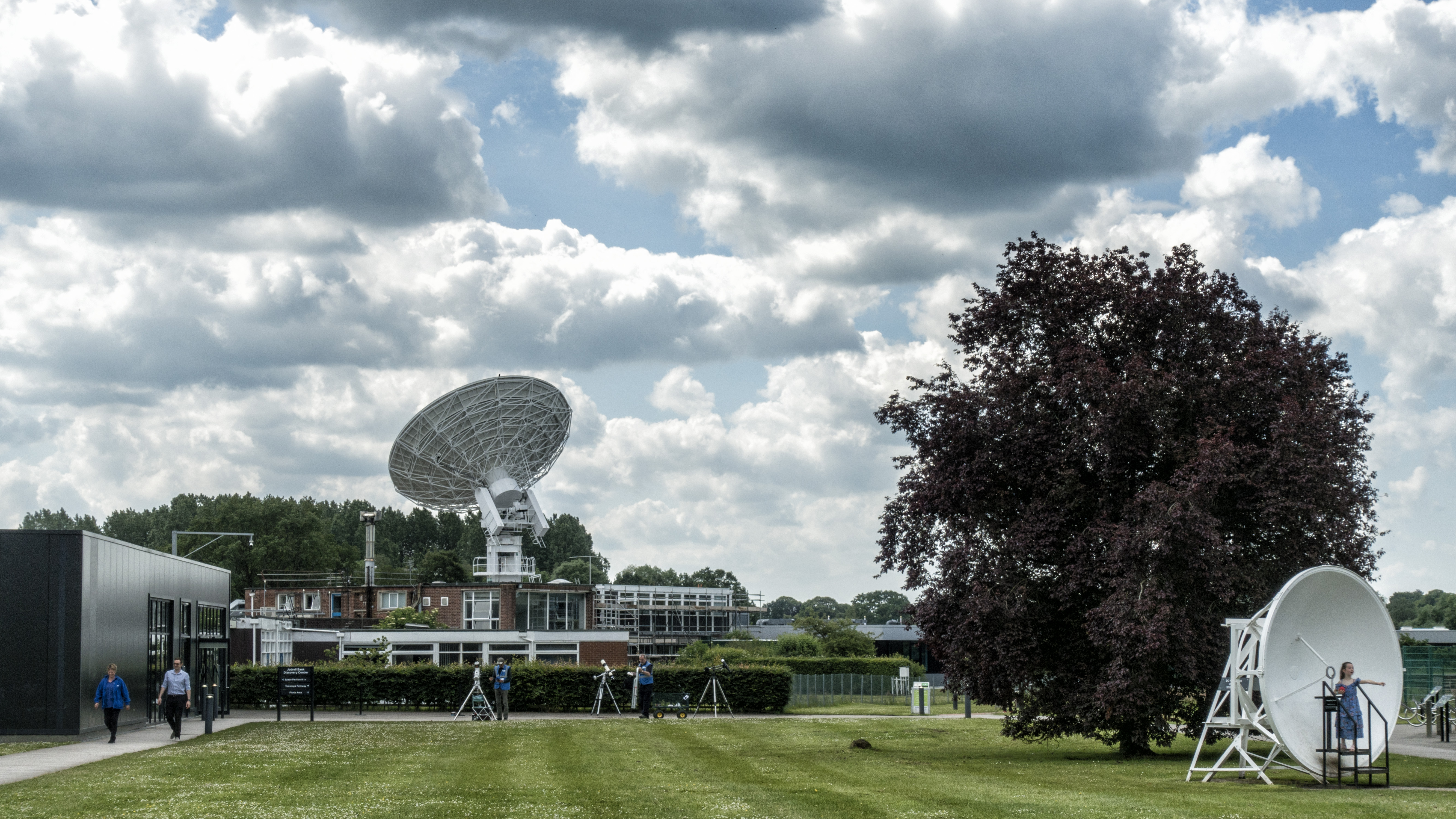
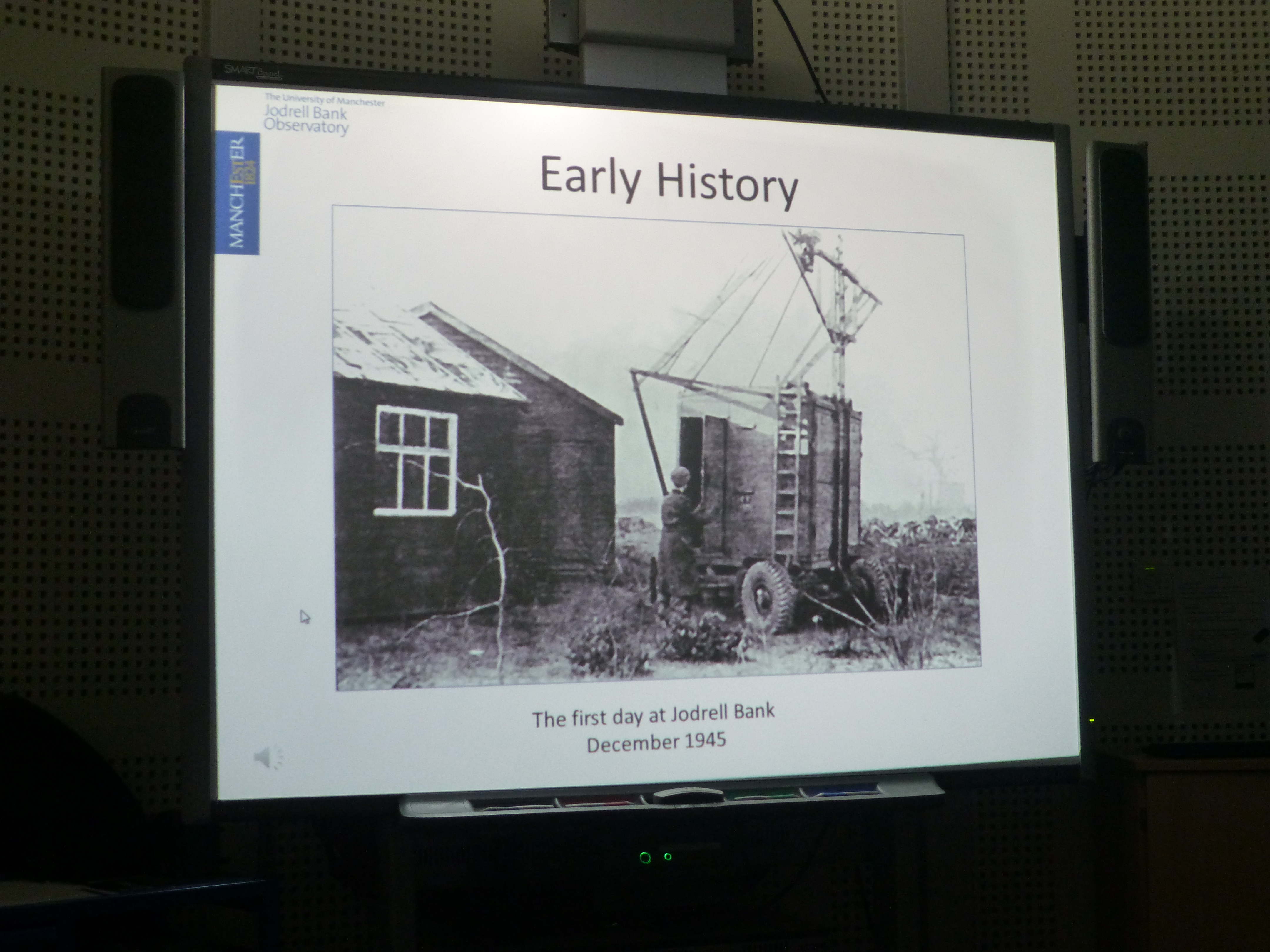
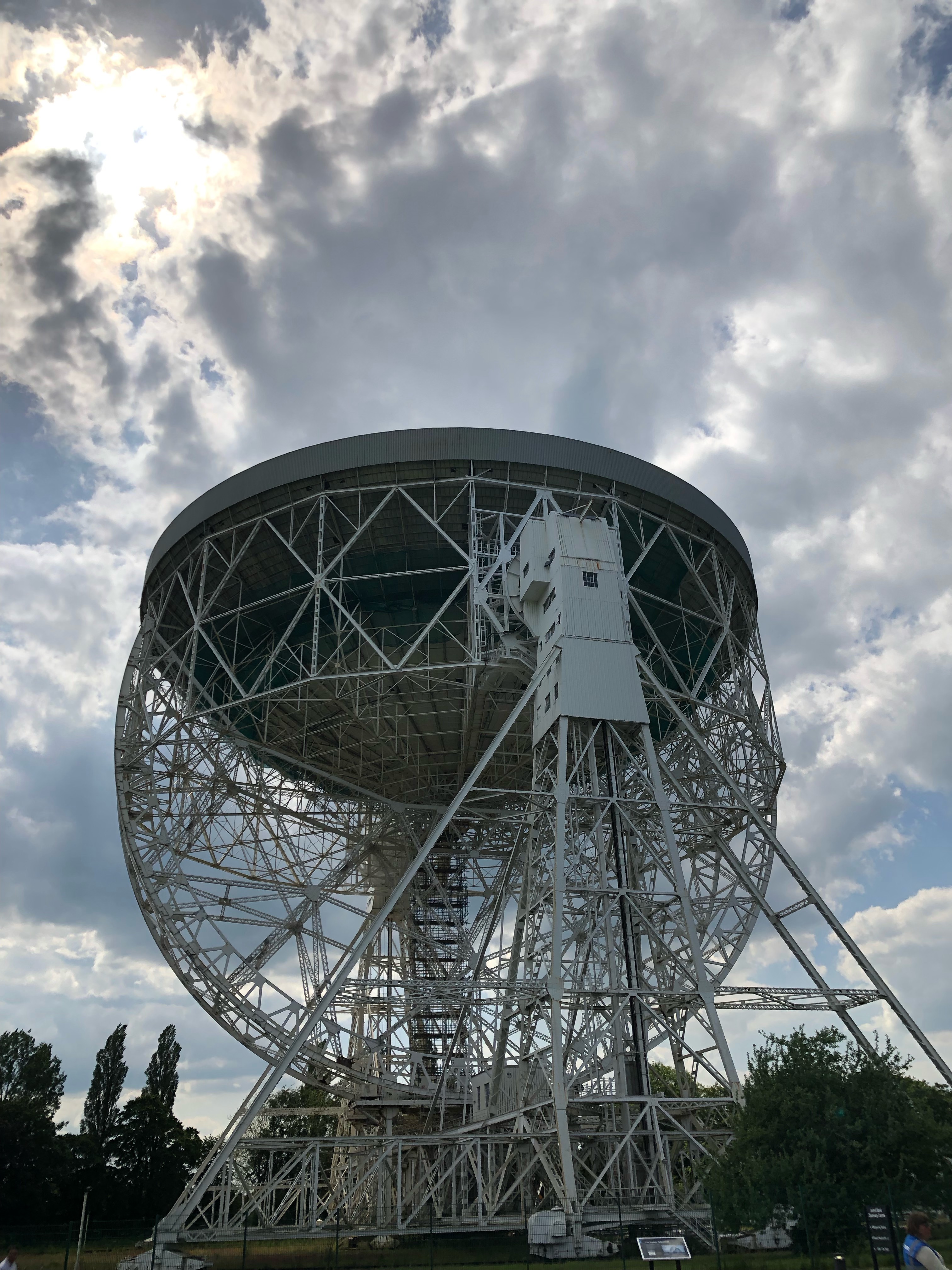
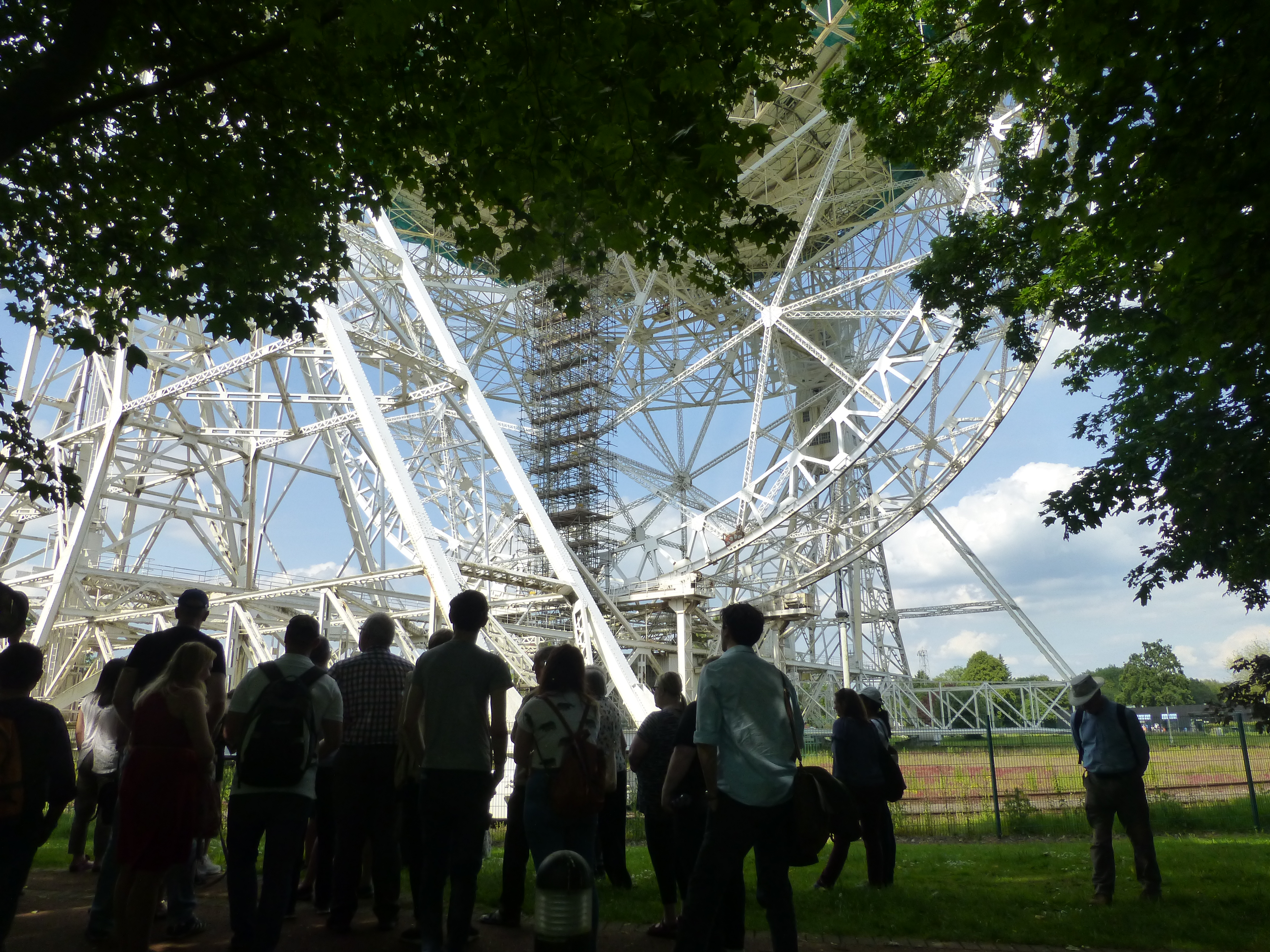
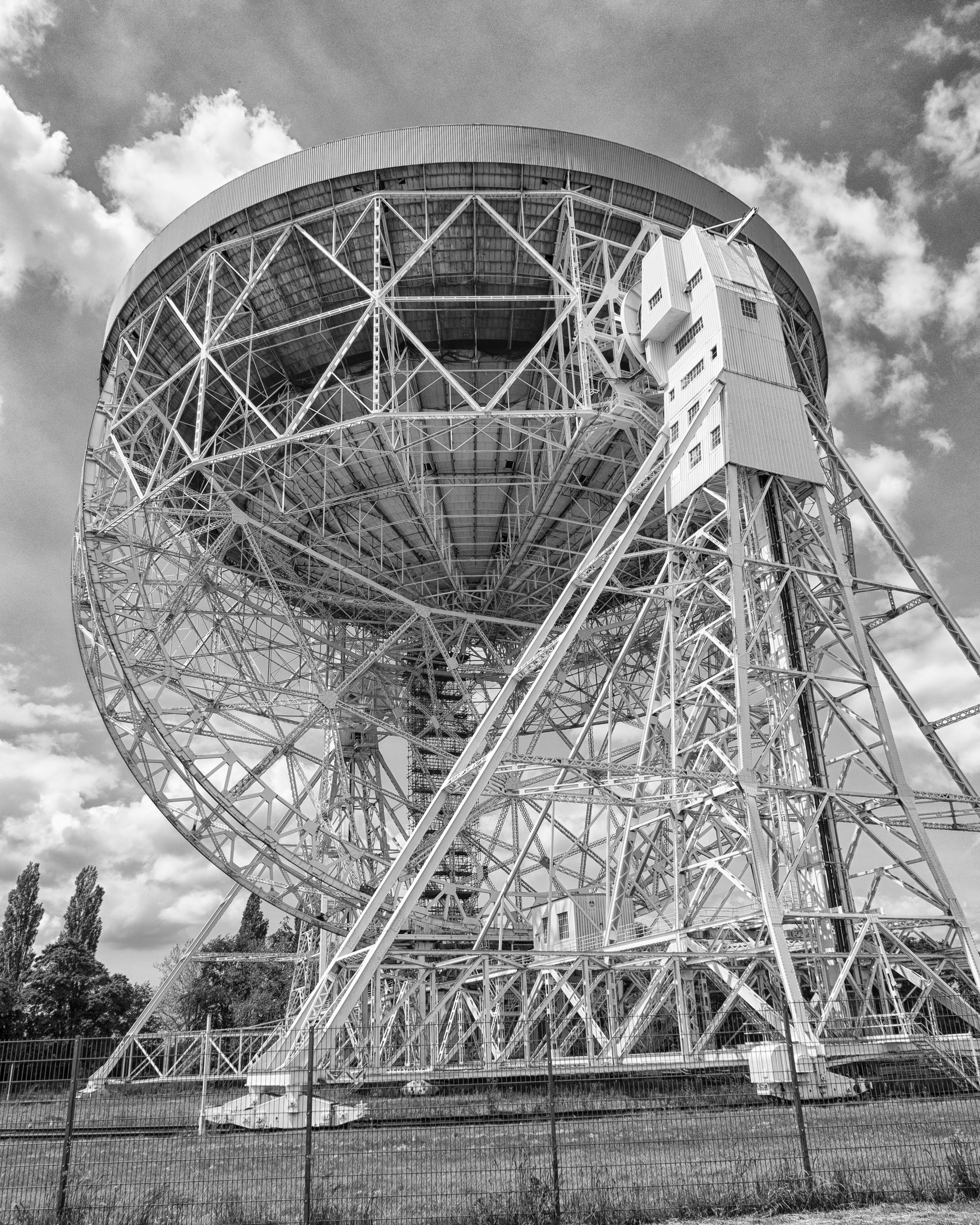
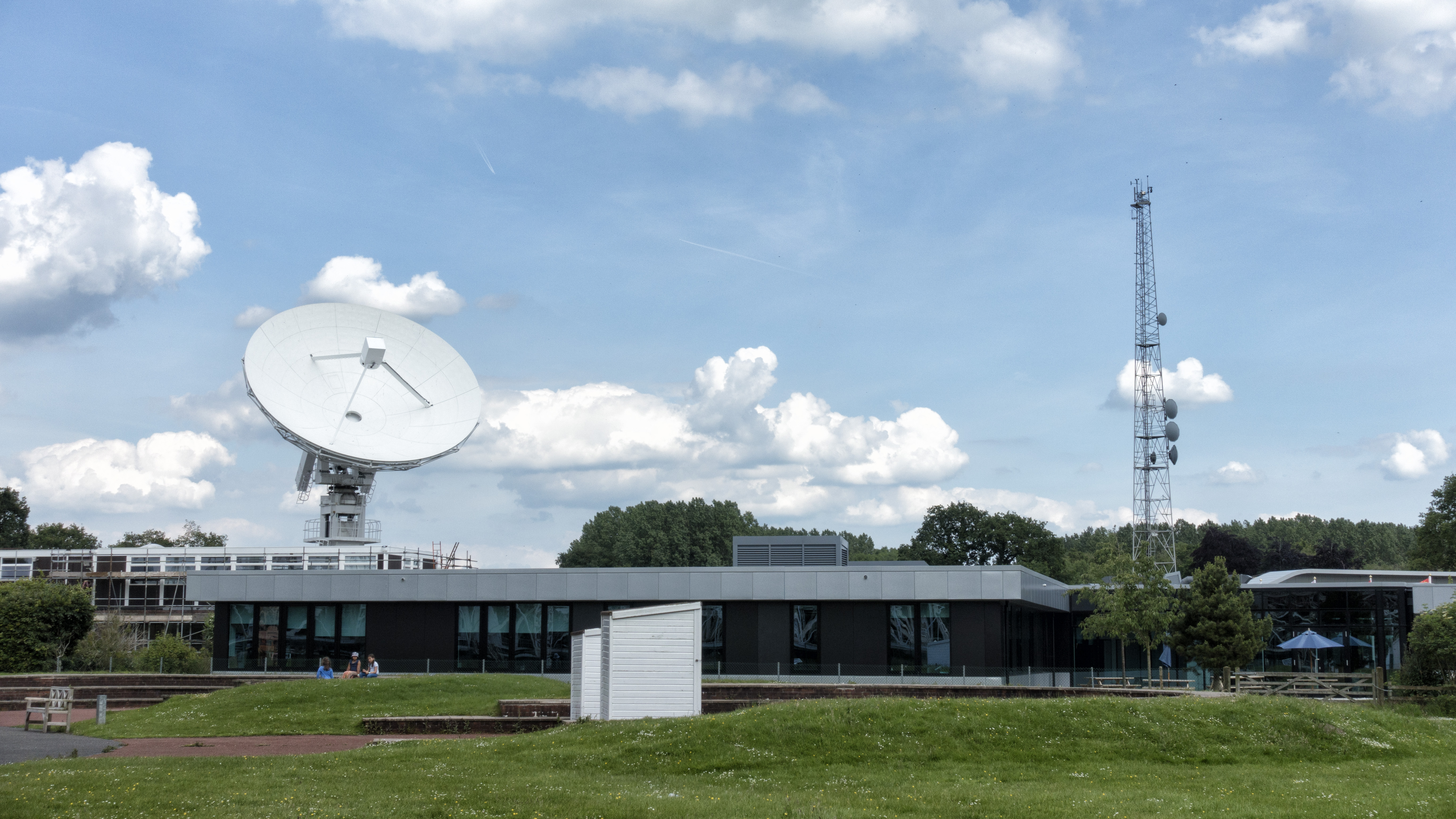
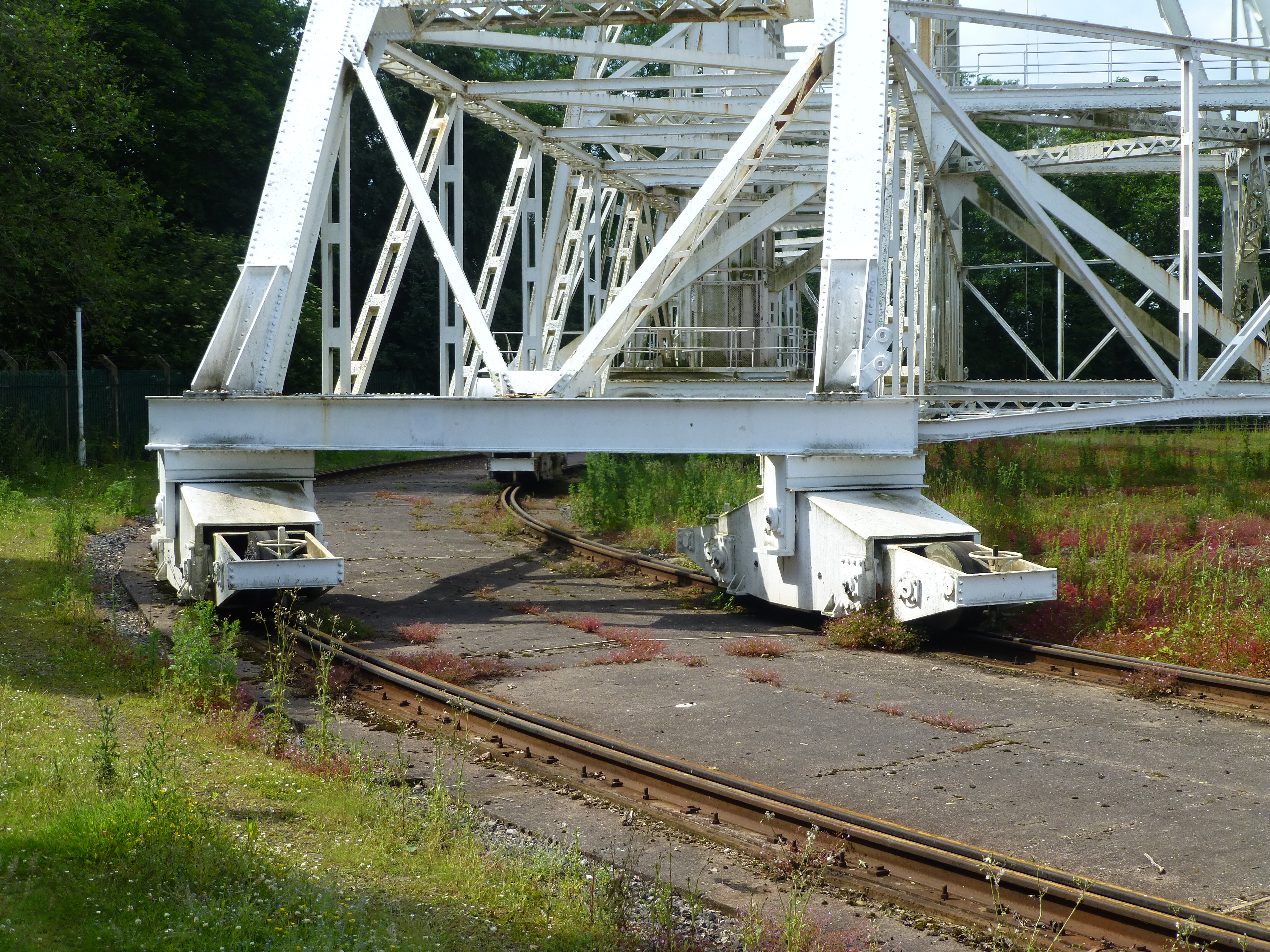

You must be logged in to post a comment.